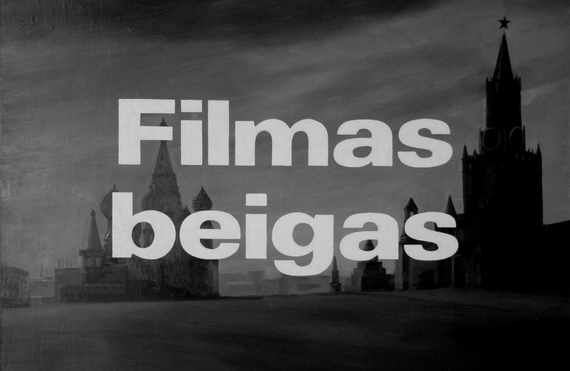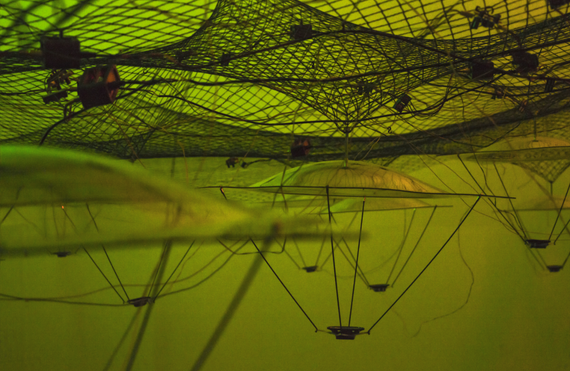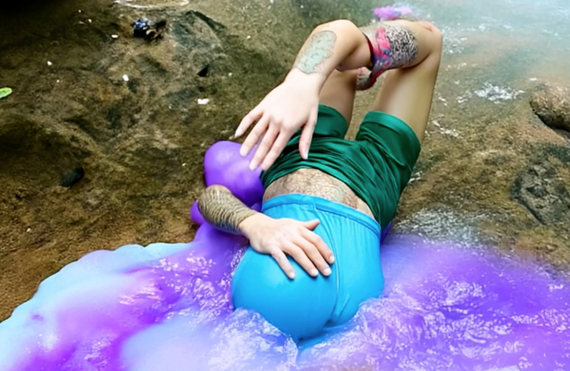Leonards Laganovskis. CLEAN CUT
07.11.-18.01.2026.The Clean Cut solo exhibition by Leonards Laganovskis comprises works from the last two years alongside art recognised as canonical in Latvian art history and exemplified by Clean Cut, a painting that came to be viewed as one of the symbols for the end of an era at the turn of the 1980s and 1990s.
As a conceptualist, Leonards Laganovskis spurns visual depiction of the reality or subjects it to a systemic reading of ideas. And yet Laganovskis’ body of work defies consolidation into a single whole; his art is too multi-layered for that, defined by profound intellectual structures encompassed by irony, and imagery in equal measure. This has prompted art critics to widen the theoretical boundaries and refer to poetic or ironic conceptualism. Certainly, Laganovskis’ way of thought has been informed by countless works by postmodern philosophers; however, the artist approaches any theory with a dose of irony, as if suspecting that it will be replaced by a new one before long.
Leonards Laganovskis (1955) graduated from Art Academy of Latvia and contributed to iconic exhibitions like Nature. Environment. Man (1984) and Riga-Lettische Avantgarde (1988), an integral part of Latvian art history. In the 1990s, Laganovskis lived in Berlin and had almost twenty solo exhibitions in Germany; he received numerous awards, also winning grants and scholarships from the Berlin Senate Department for Culture (Germany), Banff Centre for Arts and Creativity (Canada) and Künstlerhaus Bethanien (Germany). He has given talks and curated a number of art shows.
Rihards Vītols. ECOTOPIA
14.11.-18.01.2026.Rihards Vītols’ exhibition will present works created over the past ten years, tracing a creative journey where observations of nature intertwine with technological exploration and speculative future scenarios. Using sound, video, digital media and objects, Vītols examines the fragile and often contradictory relationship between the civilization and the biological systems on which humanity depends.
The exhibition invites viewers into a space of reflection, where the future is not portrayed through dystopian visions, but through an intimate engagement with the fragility of the present – revealing its deeper potential.
Artist Rihards Vītols investigates the environmental impact of the Anthropocene, creating works that reflect on the interplay between nature, environment and technology. His artistic process incorporates scientific methodologies, exploring concepts through experimentation. Using self-made speculative devices, he transforms the data and visualizations generated by these experiments into artifacts, objects, and multimedia artworks.
Rihards Vītols holds a Ph.D. in Digital Art and Experimental Media from the University of Washington (USA). He studied at the Academy of Media Arts Cologne and Bauhaus University Weimar, and earned a Master’s degree in New Media Art from Liepaja University.
The exhibition is organized by Riga City Municipality Institution RIGA CONTEMPORARY ART SPACE, with the support of the Riga City Municipality, the company “.obj”, and Malduguns Brewery.
Gints Gabrāns.TRANSFORMATIONS
06.02.-04.04.2026.TRANSFORMATIONS is a five-part exhibition cycle created using Artificial Intelligence (AI). It spans the period from 2019 to 2026, culminating in an exhibition to be held in the Main Gallery of the Riga Contemporary Art Space. This cycle explores human interaction with artificial intelligence and algorithmic systems, as well as the human relationships shaped and influenced by these systems.
Gints Gabrāns is an installation and multimedia artist who has produced numerous projects in Latvia and abroad. In 2007 with his project “Paramirrors”, Gabrāns represented Latvia at the 52nd Venice Biennale.
The exhibition is organized by the municipal institution Exhibition Hall “Riga Contemporary Art Space” and supported by the Riga City Municipality


